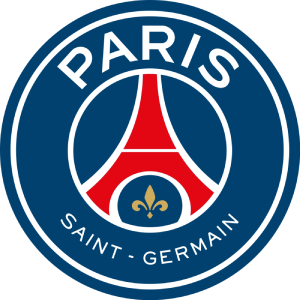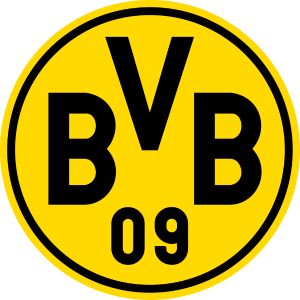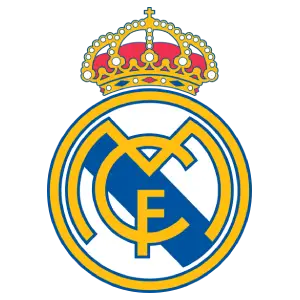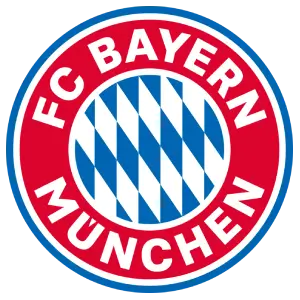How Will MLB’s Rule Changes Affect Game Totals?
Don't Sleep On Importance of Bigger Bases

With the incredibly exciting World Baseball Classic behind us and the end of Spring Training coming up, the 2023 MLB regular season is on the doorstep. The real games begin in less than a week and, when they do, all eyes will be on how MLB’s radical rule changes — from the pitch clock to shift rules to enlarged bases — affect not only gameplay but also the length of games and, most importantly for our purposes, run totals.
Teams have been using the new rules throughout Spring Training and, at least through the beginning of the spring, run scoring was slightly up. But, in recent weeks, things have evened out a bit and offense hasn’t been noticeably improved over previous Spring Trainings as of late.
Of course, it wouldn’t be wise to assume that a small sample of exhibition games with the MLB pitch clock is representative in any way of how the regular season will play out. Still, it’s interesting nonetheless and is worth considering when thinking about how the new rules will affect the games that do matter.
Plus, it’s not an idea to look at the 2023 World Baseball Classic games as any indication of what’s to come in MLB because the WBC used international baseball rules, which do not provide for a pitch clock, shift limitations or enlarged bases. MLB records will surely be affected by all of the new rules but, at this point, it’s tough to predict exactly how they might change the day-to-day results of games.
Let’s break down each major rule change to see how they may play a role in betting, specifically with an eye toward run totals:
Pitch Clock
This is the big one. Pitchers — and batters — are now both required to abide by pretty strict timing rules for each pitch. When the bases are empty, pitchers must begin their pitch delivery within 15 seconds of getting the ball back from the catcher. When there is at least one runner on base, that time expands to 20 seconds.
For every plate appearance, batters must be in the batter’s box with eight or more seconds left on the pitch clock and they only get one timeout per plate appearance. Pitchers are allowed two “disengagements” per batter which includes pickoff attempts and step-offs.
However, if a runner advances, the disengagement limit rests. If the pitcher doesn’t comply with the time limit, the batter is awarded a ball and, if the batter does the same, a strike is assessed. If the pitcher breaks the disengagement rule, a balk will be called unless an out is — like on a successful pickoff for a third disengagement.
In the Minor Leagues, which have included these rules in some shape or form since 2015, game times have been radically reduced — by around 26 minutes per game — and the same time reduction has been seen so far in Spring Training. But, how will the MLB pitch clock affect run scoring?
The common feeling around MLB is that run scoring will increase due to the pitch clock (and related rules) in large part due to how runner-friendly they are. In 2022, the Minor Leagues saw a 26% increase in stolen base attempts and a commensurate rise in success rate as pitchers were much more limited in what they could do to prevent runners from swiping bags against them. At the very least, we should see MLB players try to steal way more often than in the past and the expanded bases (as mentioned further below) will only help them more.
So, don’t expect a ton of offensive changes to result from the pitch clock itself but, instead, by virtue of the pickoff limits through increased stolen bases and more run manufacturing. It’s a lot easier to drive in a guy from second base than from first base.
Shift Rules
Shift happened! Gone are the days when teams could load up the right side of their infield (and outfield) against players like Joey Gallo and Anthony Rizzo. Now, they’ll need to position two infielders on either side of second base when the pitch is released. Also, all four infielders must have both feet in the infield when the pitch is released.
These two rules don’t prevent teams from outfield shifting or from positioning infielders as close to second base as possible without crossing the “line” so to speak.
What the shift rules will do is prevent teams from the common over-shifts we’ve seen in recent years which have been shown by analytics to do a great job of preventing base hits, particularly by batters who are pull-heavy. Teams featuring those kinds of players — the Yankees come to mind — will stand to benefit significantly from these rules.
Of course, that doesn’t take into account how teams might start to pitch these hitters differently to blunt those offensive benefits. On the surface, scoring should somewhat decrease due to the shift ban but it remains to be seen how this change will affect on-field performance.
Bigger Bases
The increased base size — first, second and third bases will now be 18 square inches instead of 15 square inches — kind of goes hand in hand with the MLB pitch clock in terms of its effect on the running game. In addition to actually making it easier to slide into a base (increased surface area gives runners more base to grab onto), the bigger bases reduce the distance between first and second base.
That shorter distance for base stealers — and runners moving from station to station — undoubtedly benefits offenses greatly.
Furthermore, the distance between home plate (which is not getting bigger) and first base and between third base and home plate will be reduced by 3 feet.
That will make infield singles easier to beat out and sacrifice flies easier to score on in addition to making plays at the plate even tougher for defenses to succeed in. It could also result in third base coaches being more aggressive with their sends. Look for the bigger bases to more than counteract the negative offensive effects of the shift ban.
Follow us on Twitter
Can’t get enough? Here’s more!
- AL East Division Preview: Yankees, Blue Jays Expected to Slug It Out for Division Supremacy
- MLB Hits Leader Odds Preview 2023 Season: Favorites and Dark Horses
- World Baseball Classic Championship Betting Preview: United States Goes After Back-to-Back Titles
- 2023 World Baseball Classic Odds Update And Preview
- MLB Pitchers-Future Bets, Cole Favorite in Two Major Categories





